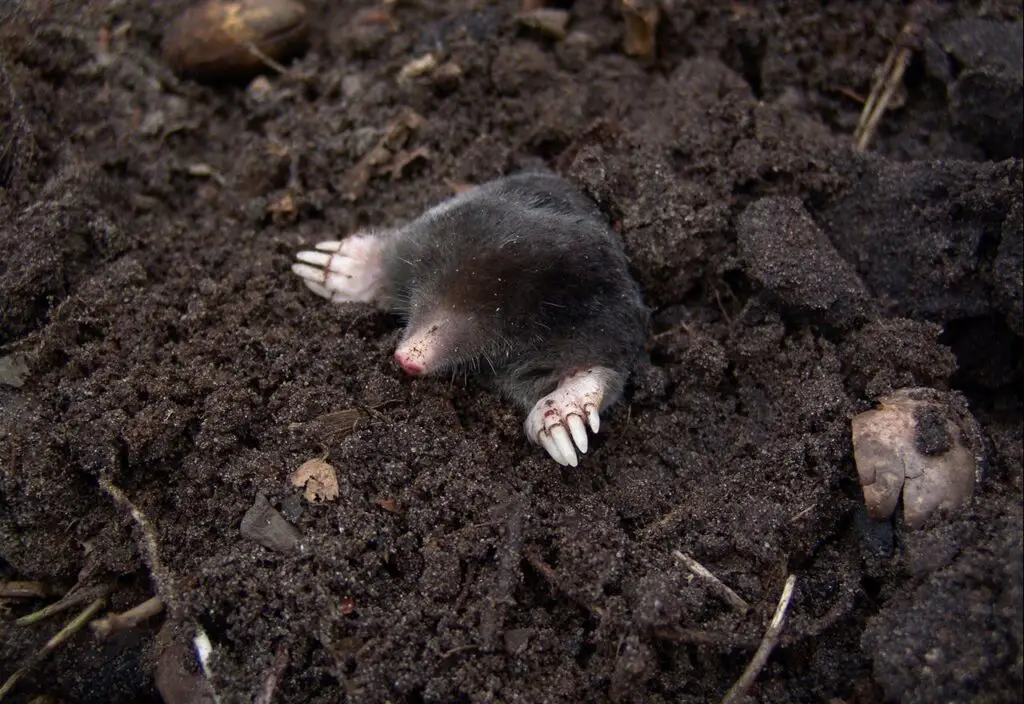Moles can cause unsightly damage to your yard and garden! From creating large mounds of dirt to destroying plants and leaving behind tunnels, moles can wreak havoc if left unchecked. If you suspect that moles may be causing damage in your yard, it is important to identify and repair the damage quickly. In this article, we will discuss how to spot and repair mole damage in your yard.
What Does Mole Damage Look Like?
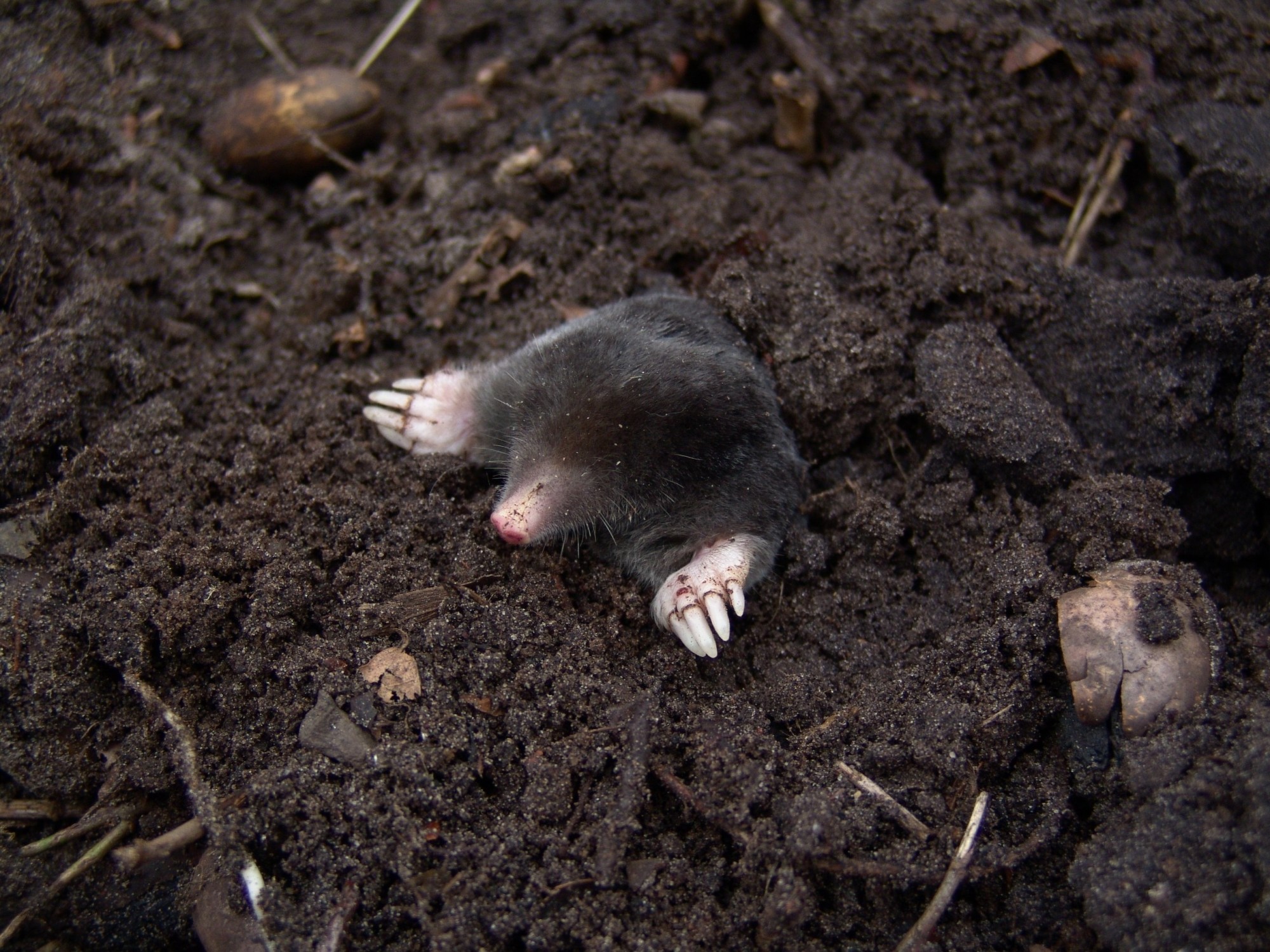
Holes in the Ground
Moles create holes in the ground that are usually 2-3 inches in diameter. They can also leave behind randomly scattered mounds of soil that have been pushed up from beneath the surface. If you see these holes or mounds in your yard, it’s a good indication that you have moles.
Uprooted Grass
Moles tunnel just beneath the surface of your yard and can sometimes uproot the grass or other vegetation as they travel. You may see tufts of grass that have been pushed up from the ground or patches of dead grass that have been created from the moles tunneling.
Raised Tunnels
Moles create tunnels that can be felt when you walk over them. These raised tunnels are usually 2-3 inches in diameter and can be seen as raised ridges in your yard. If you suspect you have moles, you can use a garden rake to create a series of furrows in your yard to see if the moles have created any tunnels beneath the surface.
If you are seeing any of these signs of mole damage in your yard, it is important to take action right away to prevent further damage. Knowing how to tell if you have moles in your yard is the first step in getting rid of them and restoring your lawn.
How to Tell if You Have Moles in Your Yard
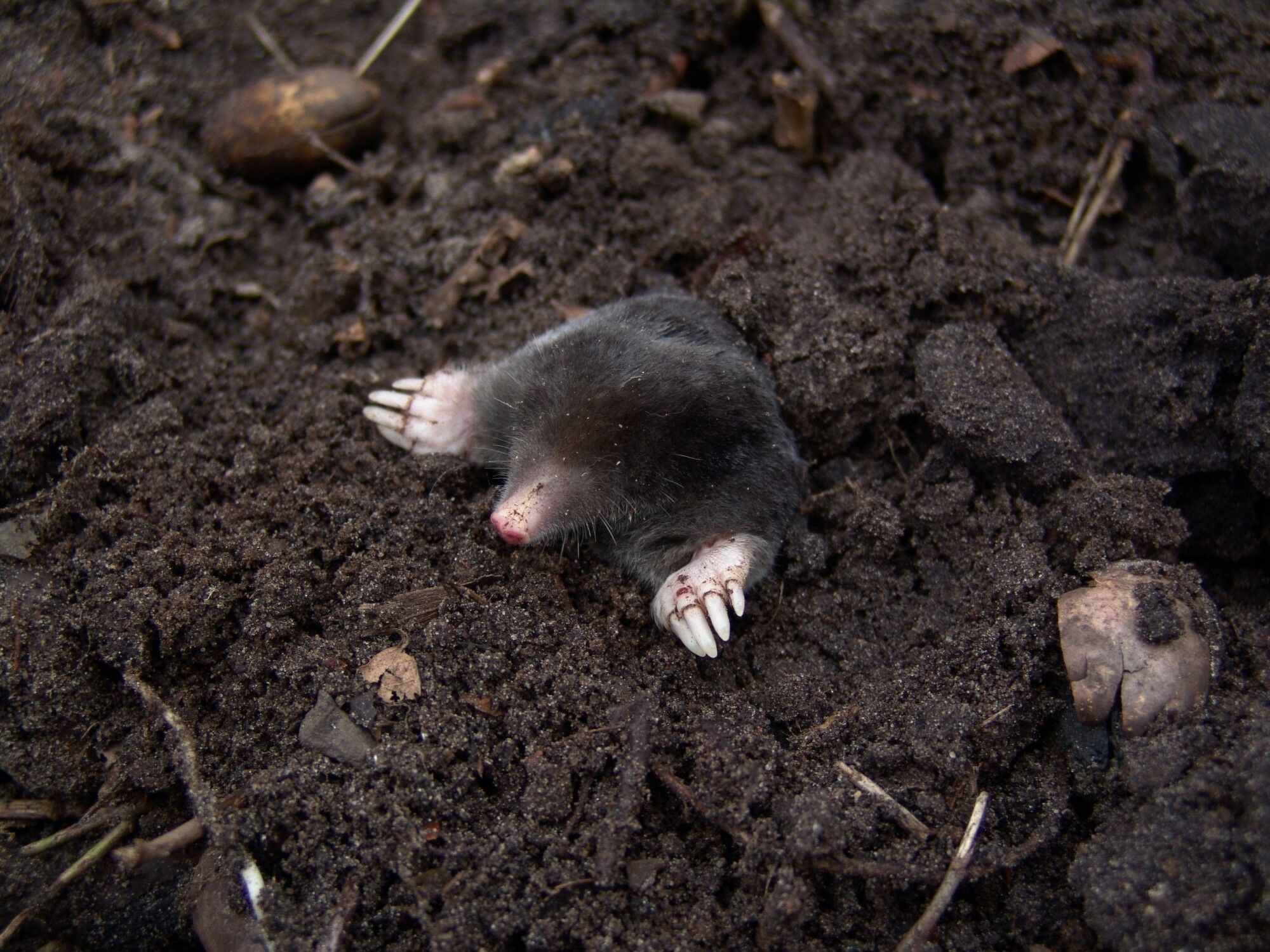
Look for Mole Holes
Moles dig underground tunnels and leave telltale signs on lawns, such as raised ridges, small mounds of dirt, and shallow holes that are in the shape of a horseshoe. These are the most obvious signs of mole damage.
Check for Uprooted Grass
Moles may also uproot grass and other plants in search of food. This can cause plants to die, leaving dead patches of grass. Look for small mounds of dirt in these areas, which may be evidence of mole activity.
Look for Raised Tunnels
Moles will often create raised tunnels throughout the yard. These tunnels may be visible as small mounds of dirt, or ridges in the grass. Look for raised pathways that lead to mole holes. These tunnels are often used by the mole to travel between food sources and burrows.
How to Spot Mole Lawn Damage
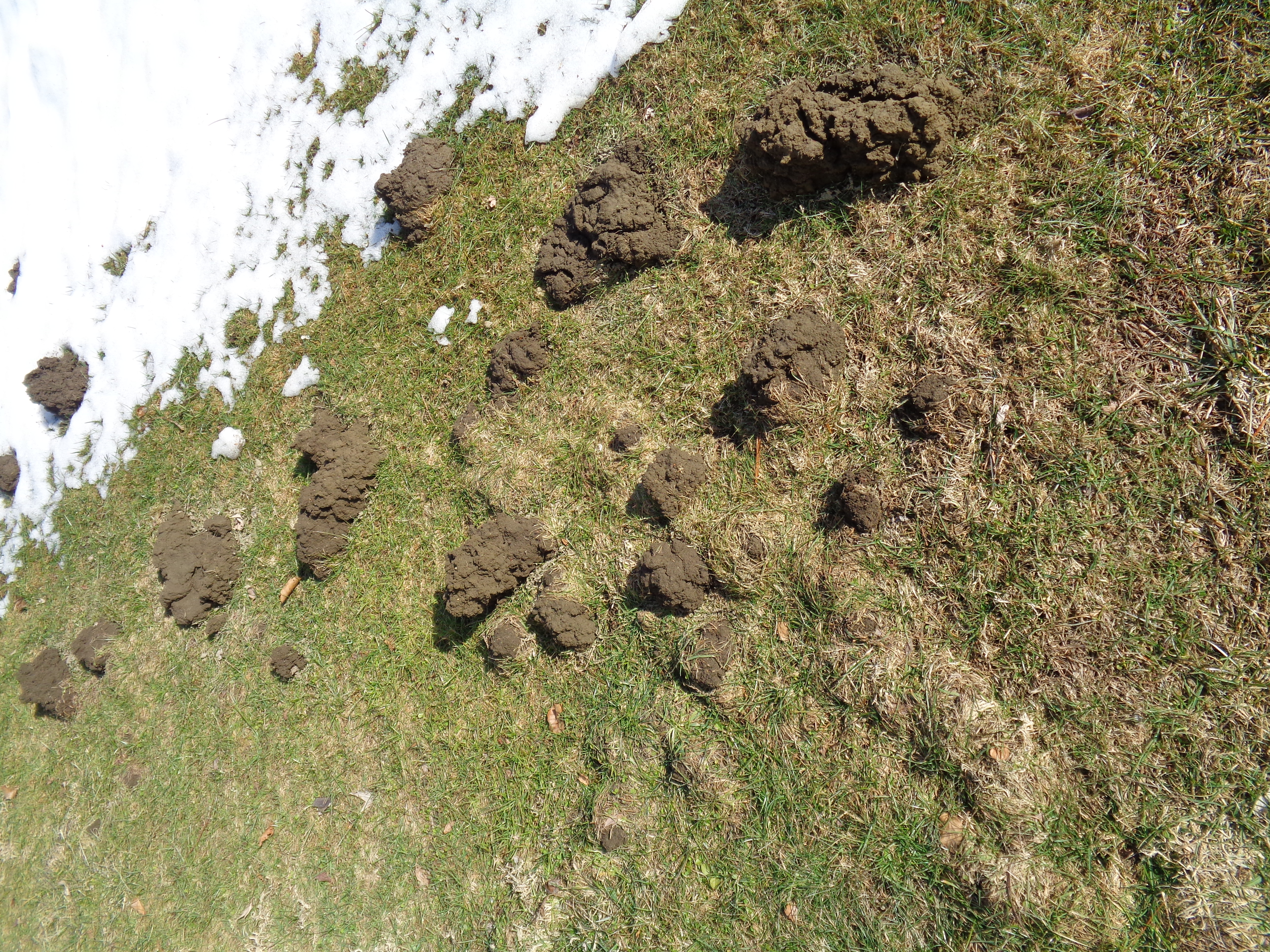
Look for Mole Hills
Moles are responsible for unsightly hills of dirt scattered across the yard. As they dig, moles push dirt up to the surface, creating small mounds of soil. These mole hills are usually cone-shaped, though they may be flattened by passing feet or lawn mowers. No matter the shape, mole hills can easily be spotted in the grass.
Check for Dead Patches in the Grass
Moles burrowing underground can cause the grass on the surface to die. As the mole tunnels beneath the grass, it can damage the root system of the grass, causing dead patches to appear. In severe cases, the grass will die off completely, leaving large patches of dead grass in the lawn.
Look for Raised Tunnels
Moles may also create raised tunnels as they burrow through the grass. These tunnels will appear as raised lines across the lawn and can be easily spotted. Moles may also leave behind raised ridges of grass which have been pressed down by their tunneling.
If you spot any of these signs, then you likely have a mole infestation. Mole lawn damage can be unsightly and difficult to repair, so be sure to take action as soon as you can.
Do I Have a Mole in My Yard?
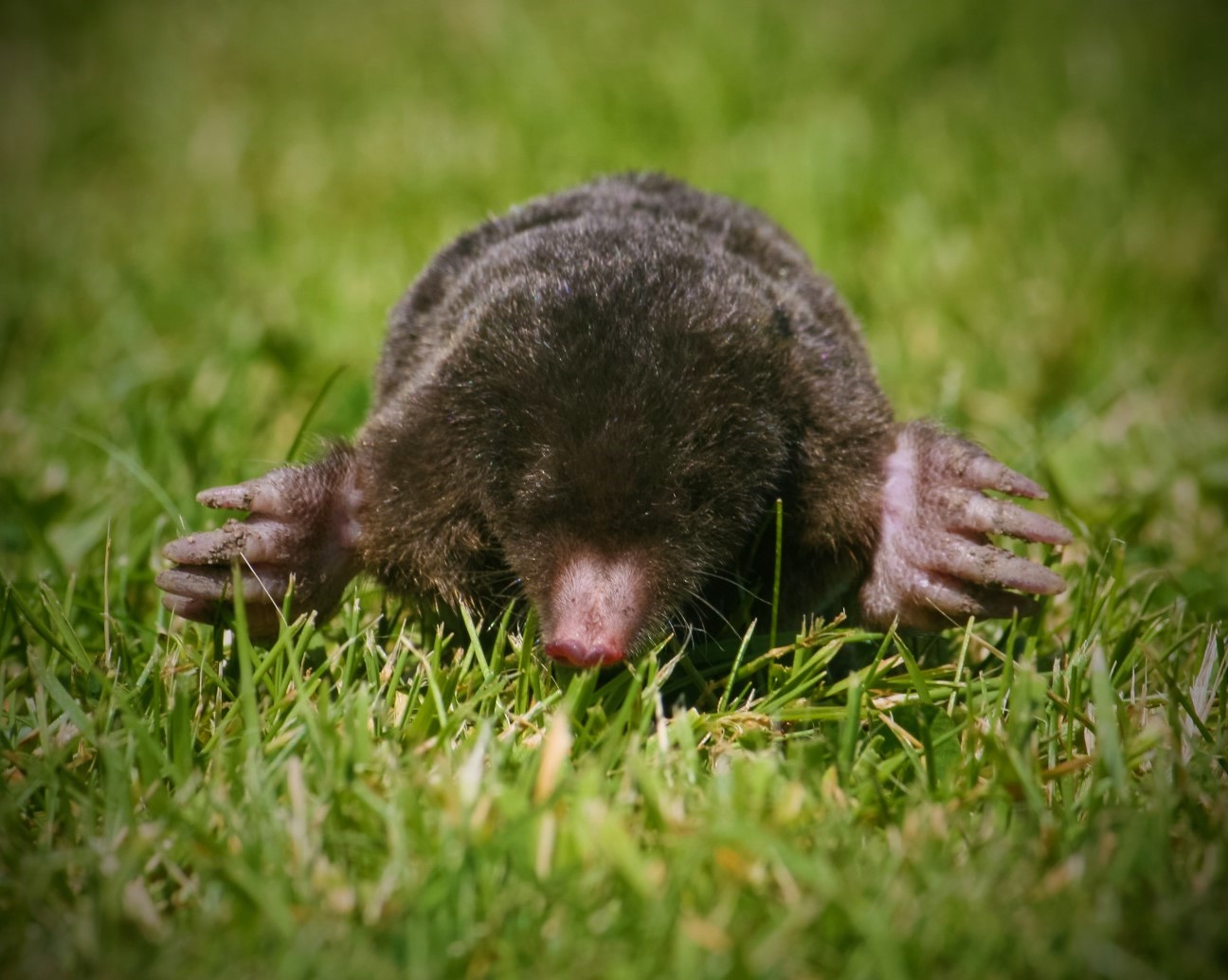
Moles can cause significant damage to a lawn, but the challenge is to identify if a mole is the cause of the damage. If you suspect that a mole is in your yard, there are a few signs that can help you to confirm it.
Look for Mole Holes
Moles are burrowing animals and they create a network of tunnels just below the surface of the soil. These tunnels are indicated by small mounds of earth, which are approximately 2-3 inches high. If you look closely, you can see that these mounds have small holes in them, which are the entry and exit points for the mole.
Look for Mole Activity
Moles are active during the day and night and they can be seen digging in your yard. They usually dig in straight lines and do not tend to wander around. If you see a mole digging in your yard, then it is likely that it is causing the damage.
Check for Uprooted Grass
Moles feed on earthworms and other insects, and they constantly search for food. This can lead to them uprooting grass and plants as they search for their food. If you notice that your grass is being uprooted in certain areas, then it is likely that a mole is the cause.
If you suspect that there is a mole in your yard, then it is important to act quickly and take steps to remove it. Moles can cause extensive and costly damage to a lawn, and the longer you leave them in your yard, the worse the damage can become.
Signs of a Mole in Your Yard
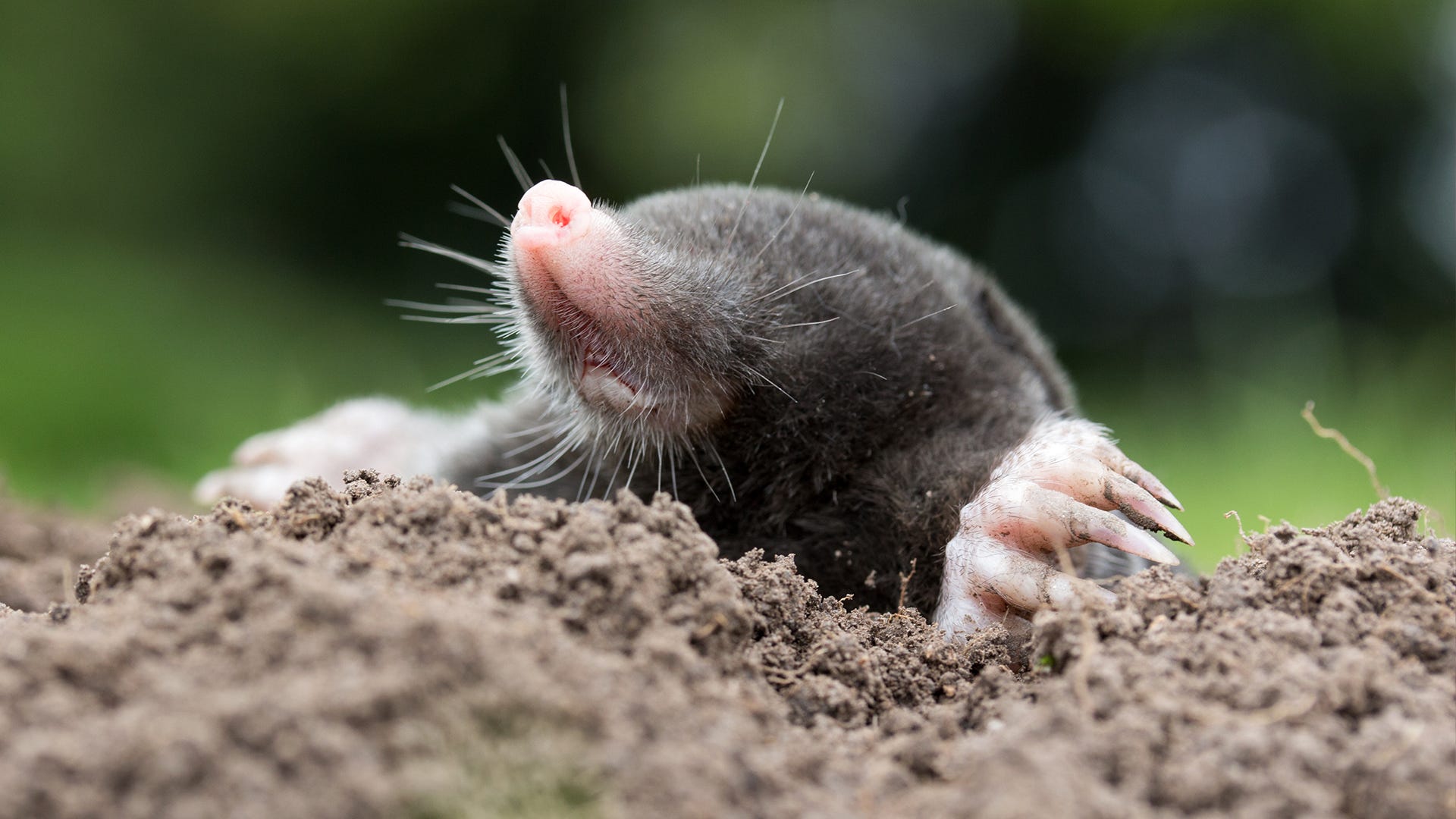
Mole Holes
One of the most common signs of moles in your yard is the presence of mole holes. These holes are caused by moles tunneling through the soil and pushing the soil up to the surface. Mole holes can be seen as small mounds of soil scattered throughout your yard.
Mole Activity
Moles are active all year, but are most active in spring and autumn. When moles are active, you may see them pushing aside or digging in the soil. As they travel, they leave a visible path of soil.
Uprooted Grass
Moles are also responsible for uprooting grass and other plants in your yard. This happens when moles dig and tunnel through the soil, causing the roots of the grass to loosen and break. Uprooted grass and plants can be a sure sign that moles are present in your yard.
How to Repair Mole Damage
Fill Holes with Soil
Fill the mole holes in grass with soil and tamp down until it is level with the ground.
Reseed Areas with Dead Patches
If the mole holes in grass have left behind dead patches, reseed the area with grass seed.
Re-level Raised Tunnels
Re-level any raised tunnels with a shovel. Make sure to tamp down the soil until it is level with the ground.
Frequently Asked Questions
How do I know if I have Mole Damage in my Yard?
- Molehills – Moles create conical shaped mounds of soil while they tunnel underground. These mounds are called molehills and can be seen throughout your yard.
- Gnaw Marks – Moles often gnaw on roots and stems of plants, leaving behind telltale marks.
- Tunnels – Moles can create long, winding tunnels just under the surface of your soil. You may be able to see the tunnels if you part the topsoil.
- Damaged Plants – Moles can cause damage to plants in your yard by gnawing on roots and consuming the insects that are beneficial to your plant life.
- Unusual Sounds – Moles may make a variety of noises, including chirps, clicks, and buzzing, which can be heard underground.
What are the Signs of Mole Damage?
Mole damage can be identified by the presence of raised mounds of dirt, tunnels, and open holes in the ground. Moles may also chew through roots of plants, leaving them wilted and discolored. Additionally, newly-planted seedlings or bulbs may be uprooted and dragged away. Finally, moles can cause damage to lawns and gardens, resulting in dead patches and sparse, unhealthy vegetation.
What should I do if I find Mole Damage in my Yard?
- Identify and locate the mole – The first step is to identify the mole which is causing the damage. This can be done by looking for mole hills and tunnels. Mole hills are found near the entrance of the mole’s tunnel system and will be circular in shape.
- Prevent damage – Moles feed on insects and worms so it is important to reduce the amount of these food sources near your yard. This can be done by keeping the lawn healthy and free from debris, as well as regular watering and fertilizing.
- Install barriers – Installing barriers such as wire mesh or metal screening can be effective in preventing moles from entering your yard. The barrier should be buried 3-4 inches underground to prevent the mole from digging underneath.
- Trapping – Traps can be used to capture and remove moles from your yard. There are several types of traps available, including live traps, box traps, and harpoon traps. It is important to read the instructions carefully and to use the correct bait for each type of trap.
- Repellents – There are several types of repellents available, such as castor oil and predator urine. However, it is important to note that there is no scientific evidence that these products are effective in deterring moles.
What Methods Can I Use To Get Rid Of Moles From My Yard?
Moles can cause significant damage to a lawn or garden. The best way to get rid of moles is to use a combination of methods. These include trapping, using repellents or poisons, and modifying the environment to reduce mole activity. Traps are effective in catching moles, however, repeated trapping is necessary to reduce the population. Repellents can be used to make the area less attractive to moles. Poisons can be used directly into their tunnels, however, be sure to follow safety precautions when using any kind of poison. Finally, making the environment less attractive is important. This may include removing debris, filling in burrows, and cutting grass short.
What Should I Do to Prevent Further Mole Damage in My Yard?
Create Barriers: Setting up physical barriers in your yard, such as a mesh hardware cloth, can be effective in keeping moles away. Place the cloth around the perimeter of your yard, extending it several inches below the ground.
Eliminate Attractants: Moles are attracted to moist soil and lush vegetation, so avoiding excessive watering and fertilization in your yard can help reduce mole activity.
Repellents: Certain products can be used to repel moles, such as castor oil and granules. Be sure to read the directions carefully and apply the product as instructed.
Trapping: Traps can be used to capture and remove moles from your yard. Traps can be purchased from your local hardware store, or you can build your own.
Conclusion
Moles may be a nuisance in your yard, but with the right knowledge and tools, you can easily spot and repair any mole damage. By properly maintaining your yard, keeping an eye out for mole activity, and taking quick action to repair any damage, you can keep your yard looking its best.

